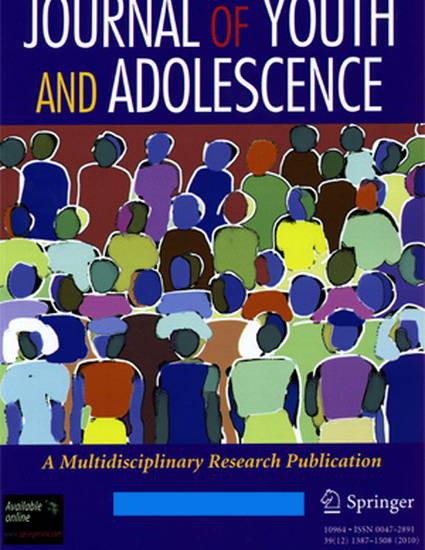
Although peer networks have been implicated as influential in a range of adolescent behaviors, little is known about relationships between peer network structures and risk for intimate partner violence (IPV) among youth. This study is a descriptive analysis of how peer network "types" may be related to subsequent risk for IPV perpetration among adolescents using data from 3,030 male respondents to the National Longitudinal Study of Adolescent Health. Sampled youth were a mean of 16 years of age when surveyed about the nature of their peer networks, and 21.9 when asked to report about IPV perpetration in their adolescent and early adulthood relationships. A latent class analysis of the size, structure, gender composition and delinquency level of friendship groups identified four unique profiles of peer network structures. Men in the group type characterized by small, dense, mostly male peer networks with higher levels of delinquent behavior reported higher rates of subsequent IPV perpetration than men whose adolescent network type was characterized by large, loosely connected groups of less delinquent male and female friends. Other factors known to be antecedents and correlates of IPV perpetration varied in their distribution across the peer group types, suggesting that different configurations of risk for relationship aggression can be found across peer networks. Implications for prevention programming and future research are addressed.
Available at: http://works.bepress.com/erin-casey/5/
